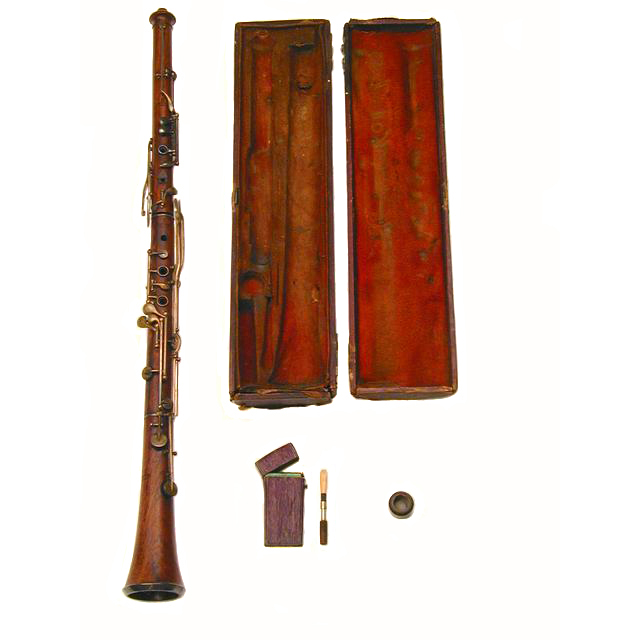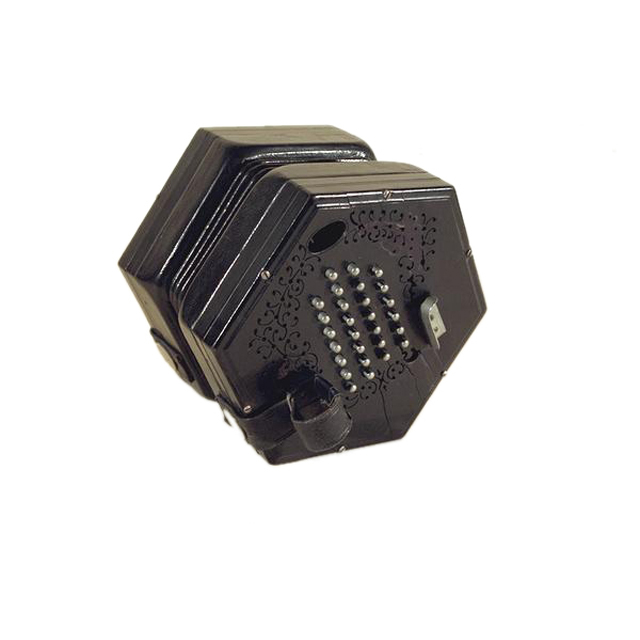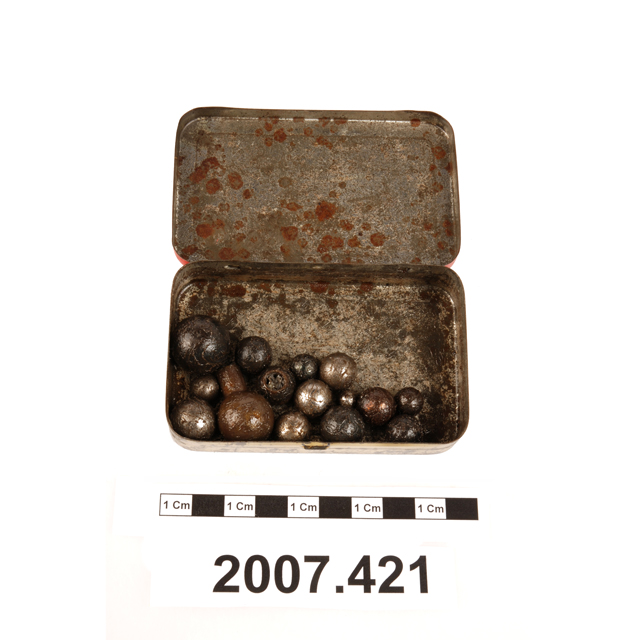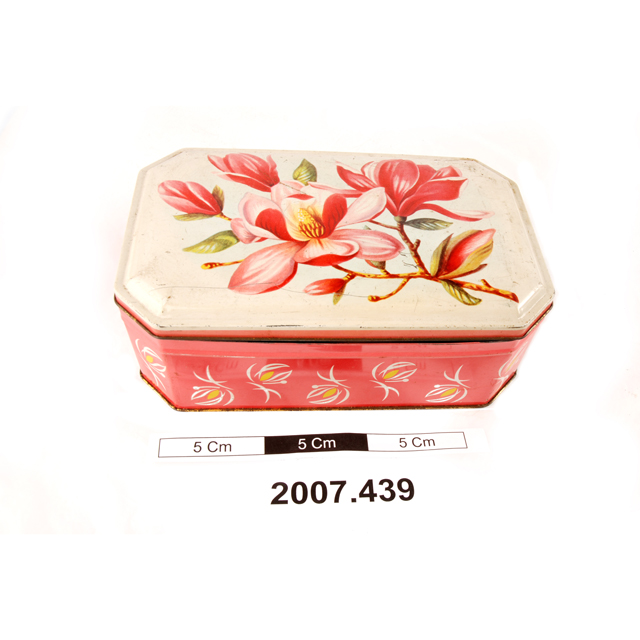
Triébert système 3 oboe. Index card reads: Fifteen silver keys, round, flat, mounted on pillars, some using rod-axles and needle springs. Cocus. Triebert's système 3. Twin holes for third finger left hand have been plugged and single hole bored subsequently. Keys need considerable adjustment. Thumb-rest broken. Joints require re-lapping. Purchased from Mrs. K. West, 85 Park Lane, Woodbank, Stockport 13/2/1970 for £7. bore at middle joint: 11 mm, at bell joint: 15 mm
Guillaume Triébert was a central figure in the development of the modern oboe. He was born in the Hesse region of what is now Western Germany, but by the start of the 19th century he was working in Paris. Legend has it that he made the journey there from his homeland on foot. After working briefly as a cabinet maker, he worked for the flute maker Winnen before setting up his own workshop specialising in oboes. The company produced a range of innovative oboe key designs, initially under the supervision of Guillaume himself and later under his second son Frédéric. These designs where numbered from one to six. Each successive design built on the innovations of the last, but was not intended to superseded it, as advertisements from the time demonstrate, showing all six on sale concurrently. The Triébert système 6 eventually became the standard in France, and its adoption by the Paris Conservatoire, with a few very minor adjustments, led to the now more familiar name for its keywork the 'conservatoire system'. However, even after the conservatoire system had become the standard in France and Britain, the système 3 remained popular with some players. It survived well into the 20th century in military and marching bands, where the players found its simpler design more durable and less susceptible to problems caused by outdoor use.






